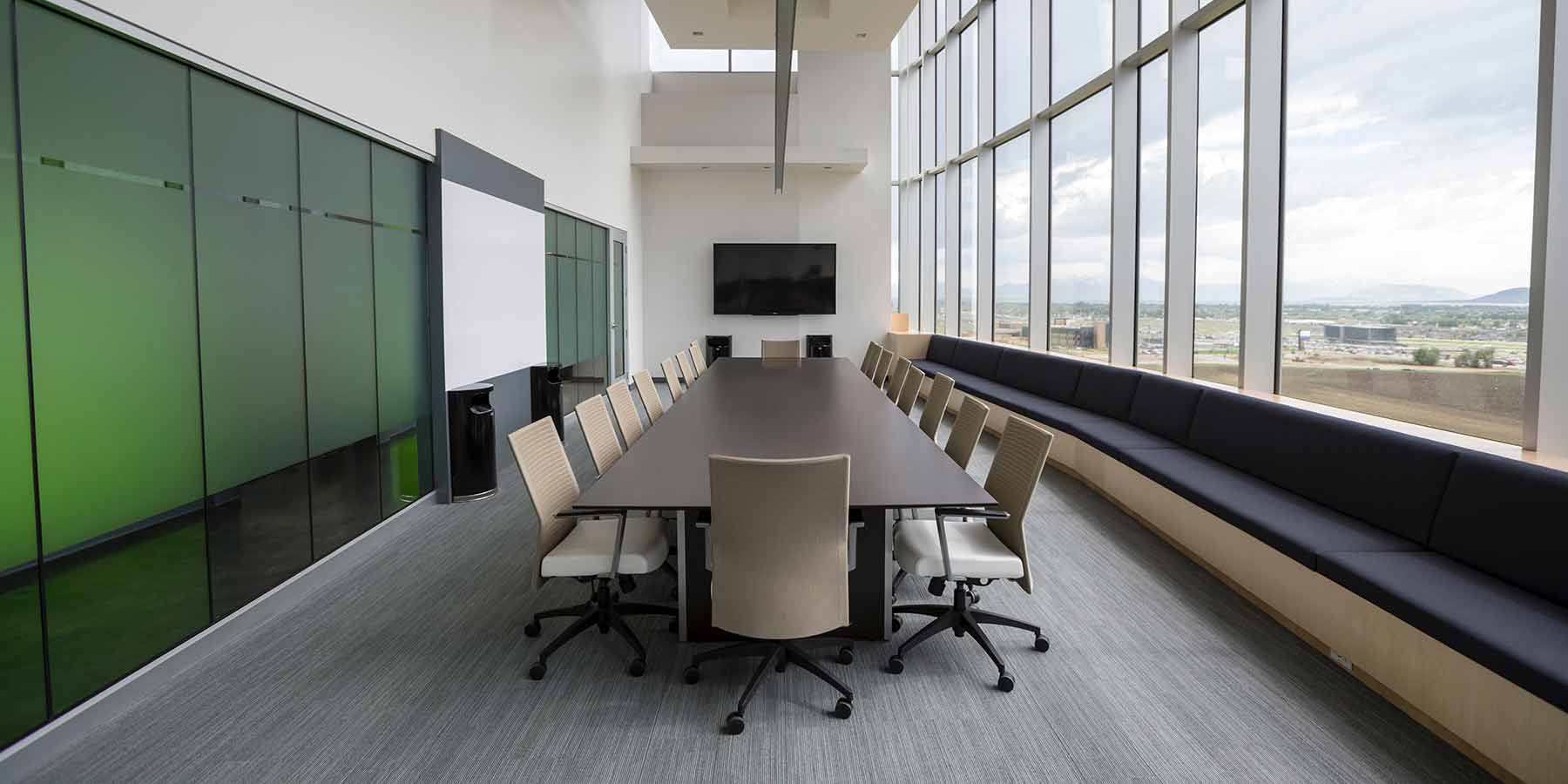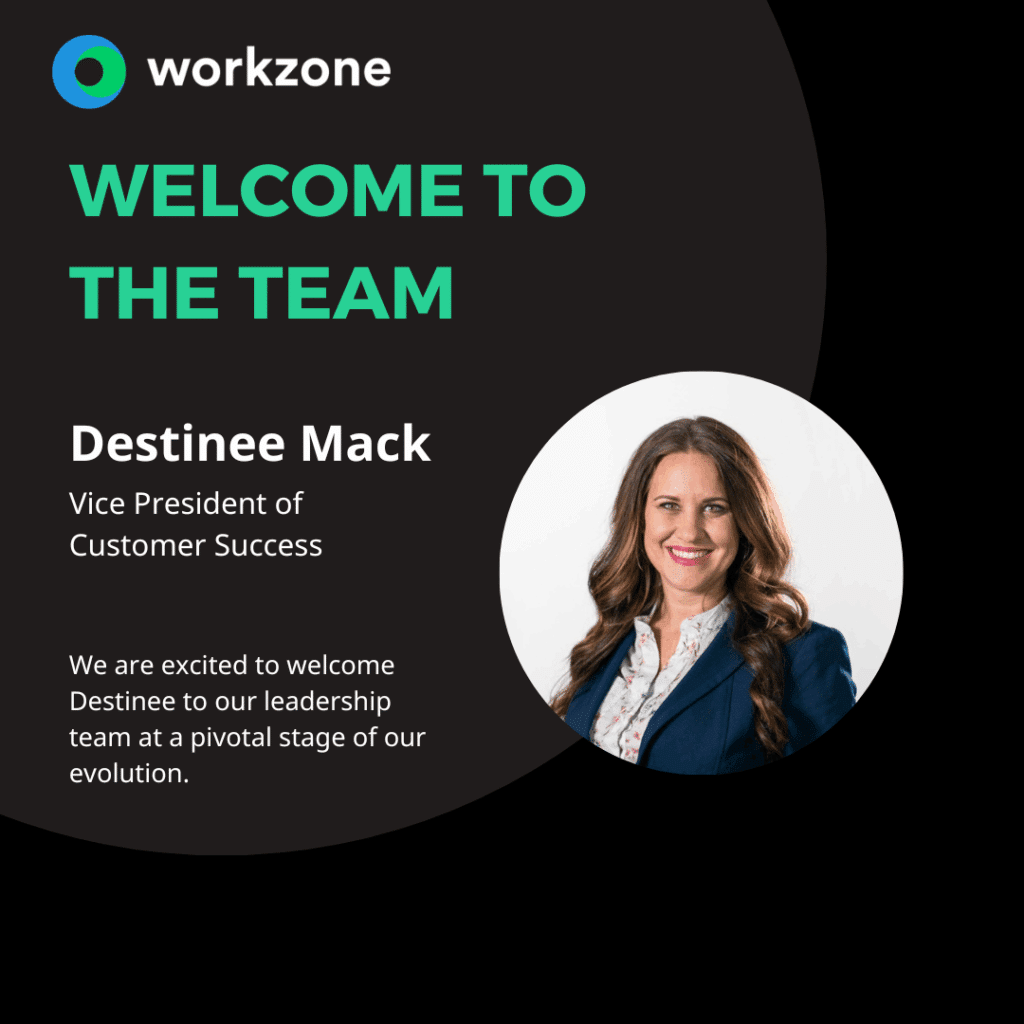[Infographic] A Guide to Meeting Room Layouts

People spend A LOT of time in meetings and going to conferences.
The average office worker spends 16 hours a week in some sort of meeting. With people’s attention spans getting shorter and shorter, it is vital that a room is properly setup for a meeting.
Many factors influence your decision the layout of your next conference or executive meeting:
- Goals of the meeting/conference
- Number of attendees
- Size and shape of the room
- Individual workspace requirements (power strips, desks, etc)
- Whether or not there is a focal point (speaker, video, screen)
- Collaboration between attendees (or not!)
- Break down/Setup time requirements
- Food serving, buffet, or light refreshment offerings
The wrong layout can have a devastating effect on attention spans, participation, and value gained by the attendees.
But the right layout can reap great rewards! Treat the choice of layout with as much importance as the venue itself and it will pay dividends.
The 6 Most Popular Meeting Room Layouts
Classroom
- Pros: Participants can see the presenter and accommodates large groups in less space
- Con: Not much interaction between attendees
U-Shape
- Pros: Plenty of work space for each attendee and it encourages interaction
- Cons: Doesn’t work well for large groups and you will probably have to keep chatty people separated!
Banquet Rounds
- Pros: Ideal for focused, small group activities because of its intimate, close quarters setup
- Cons: Little interaction between tables and if there is a presenter, many people will have their back to them
- Tip: Try crescent style tables if there is a presenter
Theater
- Pro: Good for presentations where reading or writing is not required
- Con: Large groups will need higher elevations (which requires a much larger room)
Board Room
- Pros: Best suited for small to medium group discussion, interaction is high with large working spaces
- Cons: Larger groups will need a huge table which decreases attendee interaction
Square
- Pro: Without a “head of the table”, the Square layout keeps everyone on the same level
- Cons: Audio/Visual presentations do not have a focal point and if there is a presenter, they won’t be as central as other layouts
Which layout is best for your next meeting?

Last updated on May 28, 2025




